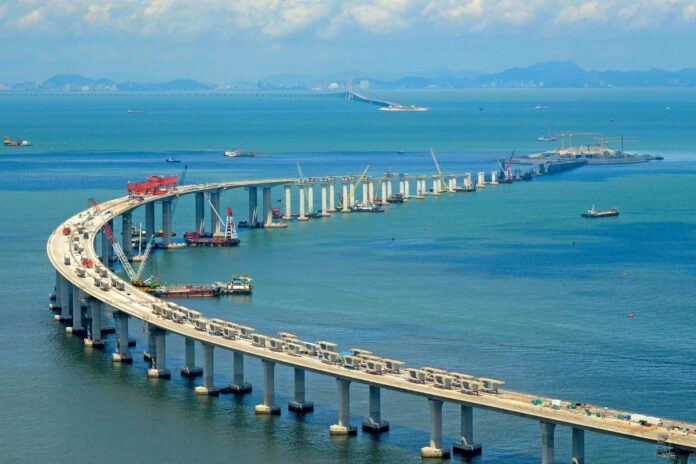
Located in the geometric center of the Greater Bay Area, connecting the four trillion-dollar cities of Guangzhou, Shenzhen, Foshan, and Dongguan, with one-hour access to the five major airports in the Great Bay Area, the unique geographical location makes Nansha Port an important hub of the national logistics and transportation system, with a world-class port cluster and high efficiency. Combined with the opening of the China-EU Liner routes, the Greater Bay Area can play the role of a transit hub for sea-rail transportation, transforming and transferring products with complementary advantages, and driving the expansion of economic and trade networks.
By 2022, the total throughput of Nansha Port reached 18,388,500 TEUs, accounting for about 70% of the total volume of Guangzhou Port. There are three large port areas in the Greater Bay Area, among which, Nansha Port is mainly for domestic trade business and foreign trade business in Southeast Asia and Africa.
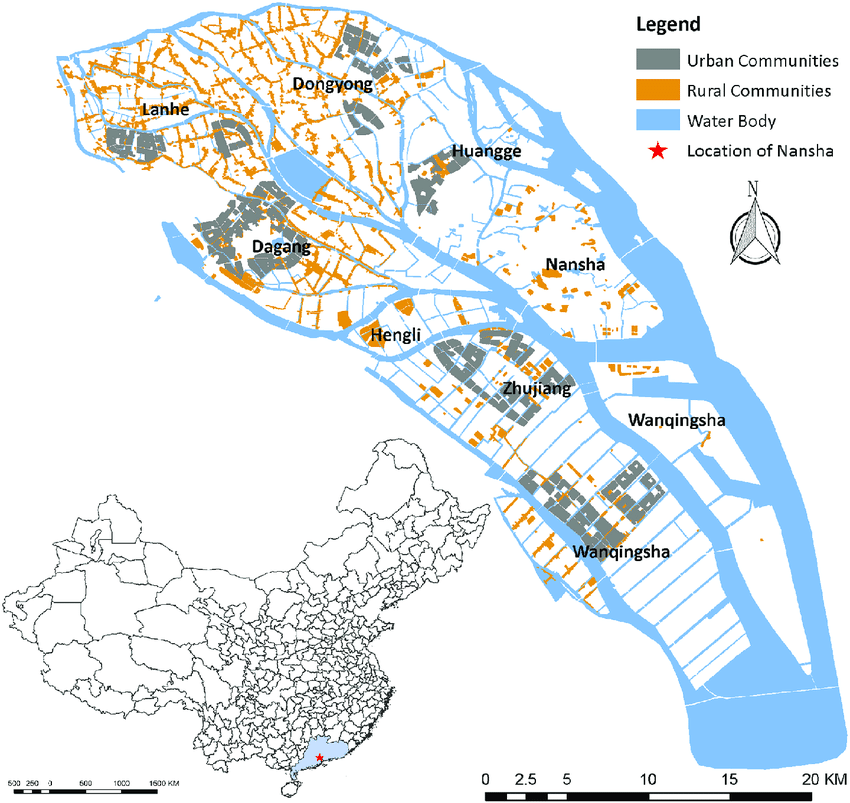
In May 2022, a China-European train loaded with China made goods including air conditioners, lamps, and lanterns, and display screens left Nansha Port South Station, and on June 4 2023, the first return China-European train arrived at Nansha Port and was then sent to Vietnam by sea. Up to now, Nansha Port South Station has shipped a total of 22 China-EU trains, and the total volume of sea-rail intermodal transportation from January to May this year has increased by 115% year-on-year.
In the past, the mode of shipping goods from Southeast Asia to Guangzhou and transferring to China-European Liner to Europe has been operating successfully for several years. This time, the success of the mode of importing back-haul China-European trains directly to Nansha out of the sea, the Greater Bay Area to connect Europe and Asia added a new land and sea channel, from Guangzhou transit of Southeast Asia, Europe, sea-rail intermodal transport lines in both directions through. With the RCEP agreement dividends released, more industry chain cooperation between Europe and Asia is slowly unfolding, in which the Greater Bay Area will play a greater role.
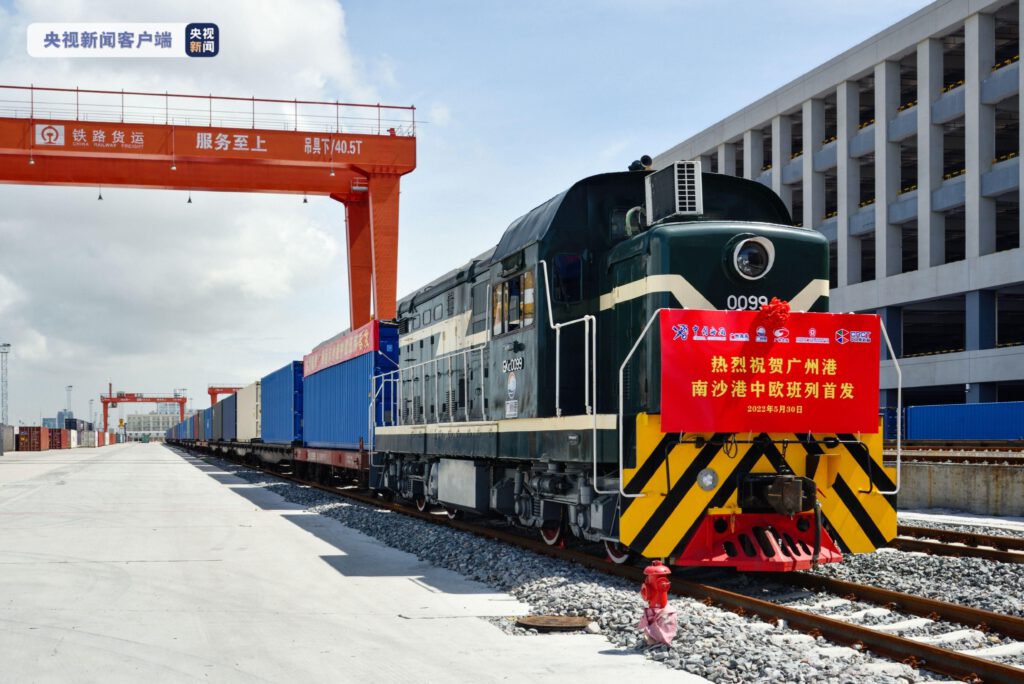
At the end of 2021, Nansha Port Railway opened for operation, opening up the key node of the sea-rail intermodal golden channel in the Greater Bay Area; at the end of May last year, Nansha Port Railway China-Europe train started for the first time. The train directly passes into the port area, which can transfer the goods between the train and the cargo ship at the fastest speed, completing the last kilometer of efficiency improvement in the transit link.
“The fastest time for a container to be unloaded from the railroad and towed to a cargo ship at Nansha Port Pier No. 3 is only 16 minutes.” Said Li Xin from the production business department of Guangzhou Port Railway company.
In addition, Nansha Port hosts the largest cold chain cold storage project in Asian ports, Guangzhou Nansha International Logistics Center, known as Asia’s largest refrigerator. The Nansha International Cold Chain Project and the container operation terminal in Nansha Port have formed a “port + warehouse” cold chain cargo distribution mode, attracting many cold chain import and export enterprises to settle in Nansha, and the agglomeration effect has gradually emerged.
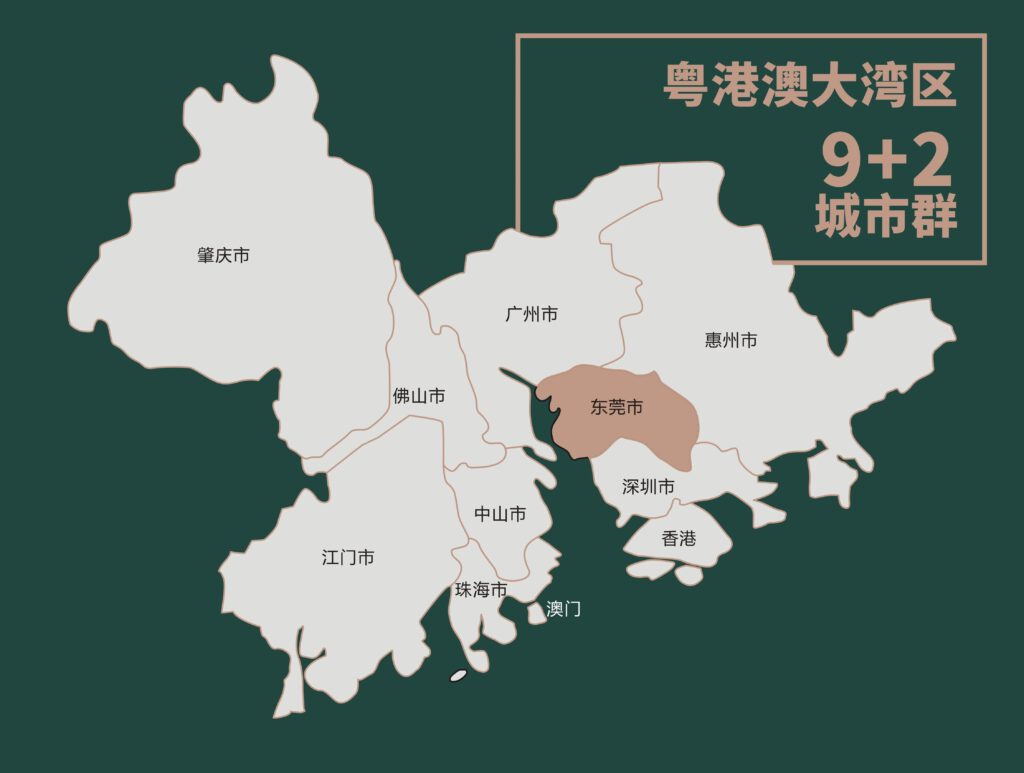
From the perspective of the transportation process, the land and sea channel connected with the China-European Liner has greatly shortened the logistics transportation time between Southeast Asia and European inland countries and Central Asian countries. In the past, the transportation path from Southeast Asia to European landlocked countries and Central Asian countries was complicated, and the goods needed to be shipped by sea from Southeast Asia to coastal ports such as the Port of Rotterdam in the Netherlands and Hamburg in Germany, and then transferred to Russia and Central Asia by rail. According to logistics companies, the ship speed is slow when 45 days to Europe, and then by rail transit, a total of 60-70 days to Central Asia.
Generally speaking, the goods going west and north from China and Southeast Asia are mainly daily consumer goods, such as bags, shoes and socks, decoration materials, hardware and miscellaneous parts, while the goods going south from Europe and Central Asia are mainly resource-based goods, such as agricultural products, metal minerals, processing raw materials, etc.
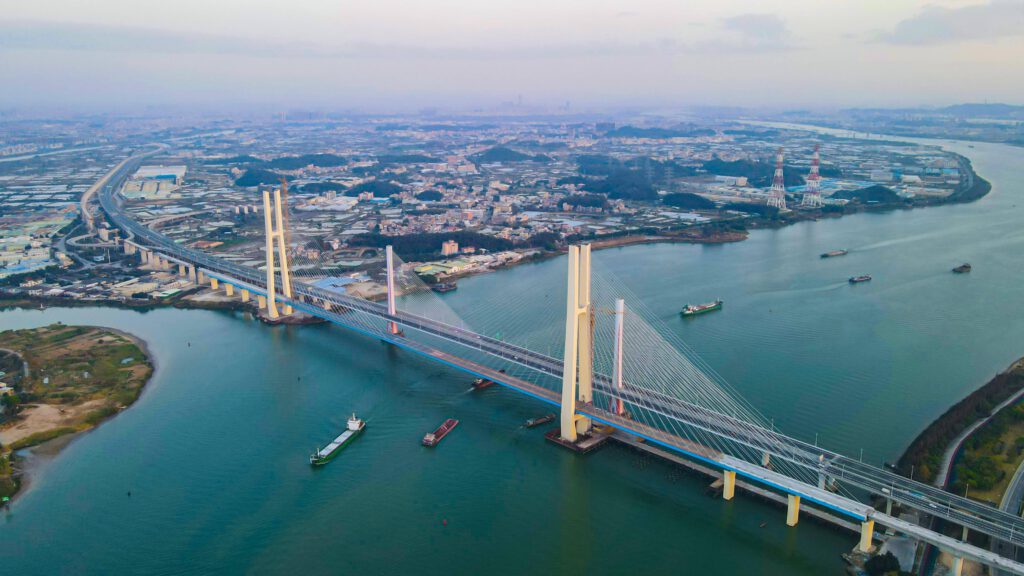
Nansha Port Railway’s first China-European Liner return train transported polyethylene produced in Europe, which is the raw material for producing plastic products. Through the sea-rail transport, the whole journey takes only 20 days, which is about 10 days less than the traditional sea transport.
The success of the return trip of the import of China-European Liner in Nansha Port marks the opening of a new mode of operation of “International Liner + Port + Warehouse + Industry” in the Great Bay Area.
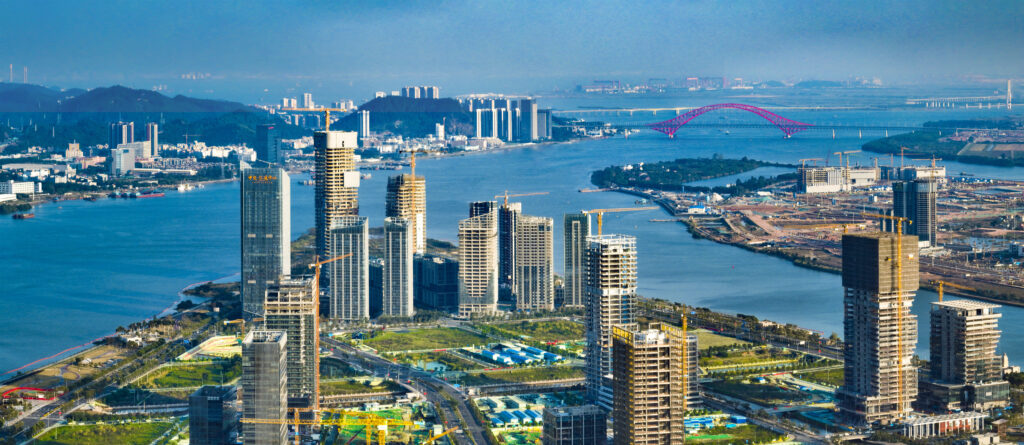
This year, P&G is planning to move its international trade supply chain control center from Europe to Guangdong, responsible for import and export business management services in markets such as RCEP and countries along the Belt and Road, laying a strategic layout with the Greater Bay Area as the core and further radiating the Eurasian market. This is a case of the attractiveness of the hub economy of the Greater Bay Area.
Multinational companies have located their regional headquarters, decision-making centers and supply chain centers in the Greater Bay Area, and China’s trade centers and financial centers for industrial cooperation in Southeast Asia are also in the Greater Bay Area of Guangdong, Hong Kong and Macao. With the development of China-European trains in the Greater Bay Area, Guangdong will further open up the supply chain with European inland countries and Central Asian countries in the future, allowing more multinational companies to see the development space.
(Source: Sina, Souhu, researchGate)



